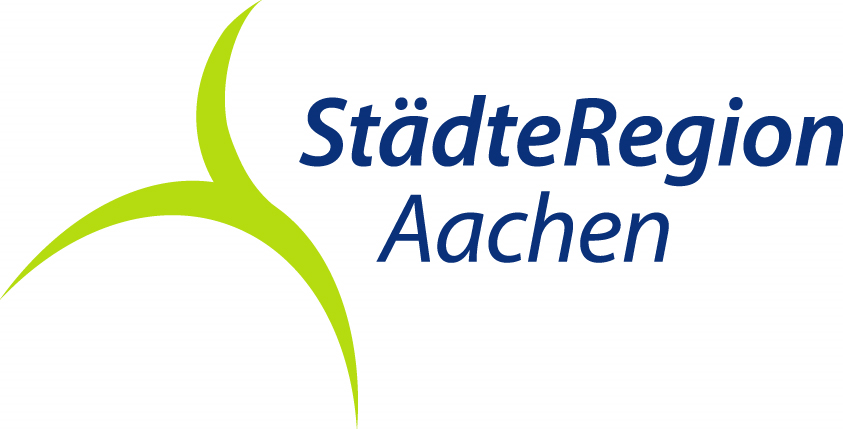Dorfrundgang Strauch
Right next to our parking lot is the parish church of St. Matthias, consecrated in 1951, which we save for last. At the end of "Kesternicher Straße", we turn into "Sonnenstraße", which is lined with birch trees. We turn left in front of the sports field. The numerous pretty houses in this new development area show that Strauch is a modern place where it is good to live. Through "Sonnenstraße" and "Zum Heister" we reach "Kölner Straße". The old, listed half-timbered house on the opposite side of the road takes us right back to the old days.
Behind the "Jägerstube" inn, we turn into the street "Auf der Hof". On the right, we are greeted by a tastefully designed chapel dating from around 1900. Where the path forks, we find ourselves in front of one of the two "nuclei" of Strauch, the so-called "Hof". The estate of Servos Stroch, to whom the village owes its name, was built here around 1700 but has since disappeared. We pass several old houses that are well worth seeing. Then we enter open terrain. The Langschoss mountain range rises above the Tiefenbach valley on the horizon to the right. Our view sweeps to the left over Rollesbroich and Lammersdorf to the wooded heights of Hoscheit. To the east, as so often on this tour, we have a magnificent view of the Straucher beech landscape.
At the next opportunity, we turn left and walk past the cemetery back to the church. Right next to the parking lot is a spacious playground, which the children have certainly discovered long ago. You can end your tour of the village at this point. But be careful! If you don't continue along the path, you will miss out on the most beautiful views this village walk has to offer! We therefore follow "Kesternicher Straße", not without stopping briefly at the lovingly maintained chapel. Via "Steckenborner Straße", we reach a farm track on the edge of the village, which leads us to the right into the extensive meadow landscape. At the end of the path, we stop, fascinated. Our view follows the valley of the Weidenbach stream into the Rur valley. Behind it rises the densely wooded Kermeter. The tower of the former Nazi Ordensburg Vogelsang rises up to the right. Further to the right, the heights of the Eifel National Park and the village of Dreiborn with its church tower visible from afar mark the horizon.
The "Leichenweg", on which we continue our hike, is very old. In the earliest times, people from Woffelsbach and Steckenborn walked along it on Sundays and public holidays to Konzen to the mother church of the Monschau region. From 1346, things became a little easier for them. Until their own churches were built, they "only" had to go as far as Simmerath. At "Am Kreuzchen" we reach the highest point of Strauch at 539 meters.
Finally, we reach another panoramic path. Our view now goes over the Simmerath church to the Stehling on the edge of the High Fens. At around 658 meters, it is the highest elevation in the Monschau region. This view is particularly enjoyable when the trees have shed their leaves. And in winter, when the snow transforms the landscape into a fairytale world...
Shortly afterwards, we find ourselves in the second "original village", the former Oberrollesbroich. The Keischgenshof farm at the entrance to the village, which is a little off the road, stands on the foundations of the oldest building in Strauch, which was first mentioned in a document in 1361. On our way, we can clearly see how Strauch has grown together since the 19th century. Again and again we pass half-timbered houses and house-high hedges, which in the past and today keep out the harsh westerly winds.
Behind the village square and the former vicarage, we reach the parish church again. It has quite an eventful past. The first church, built in 1846, had to make way for a new building in 1921. But even this did not last long. During the Second World War, the church was blown up by German soldiers on September 20, 1944, so as not to provide a point of orientation for enemy artillery. Inside, we notice the high altar made of lime wood, created in 1936 by the Cologne sculptor T. C. Pilarz. It too has its own history. It was banned from the church in the 1960s. However, it was not turned into scrap wood, but survived the following decades in a shed. It returned to its original place in 1996.










